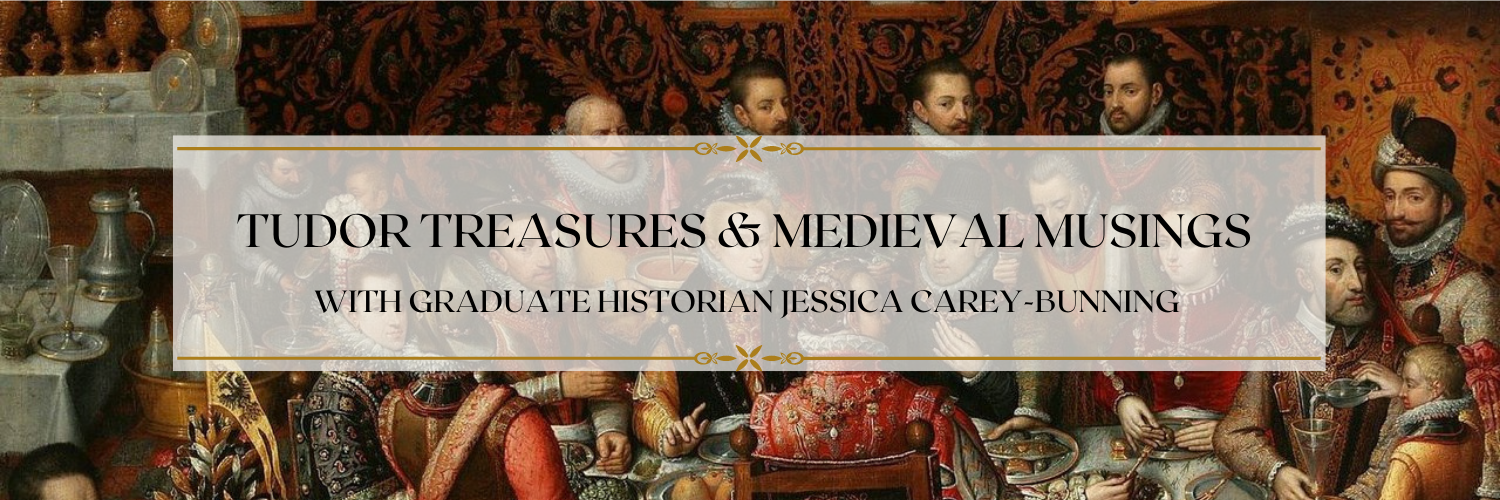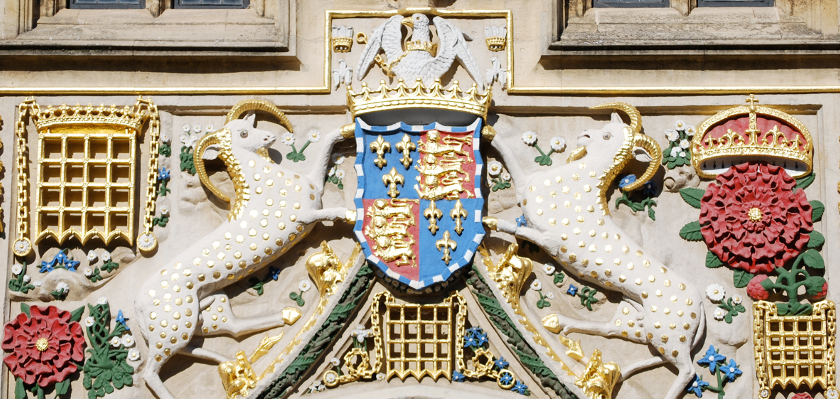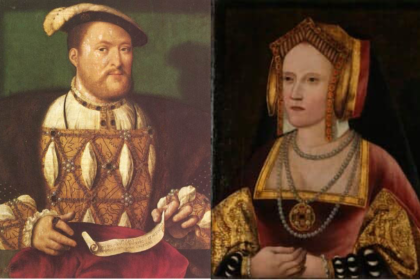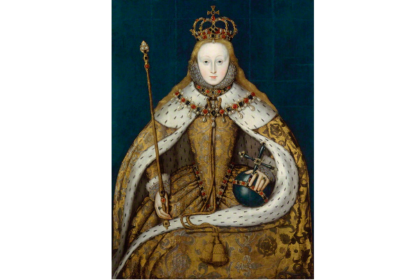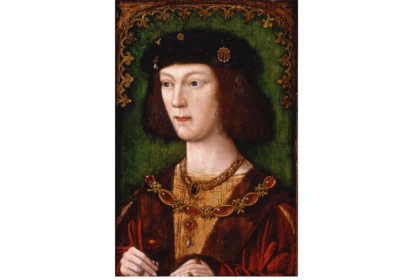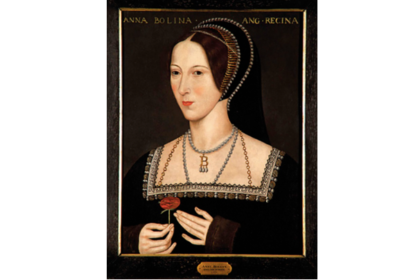For a dynasty that claimed the throne by right of conquest and a very tenuous blood claim, reinforcing the legitimacy of their claim was essential, especially when they were served by so many courtiers who had arguably better claims. Henry VII was a master of brand marketing, commissioning histories and creating emblems to reinforce the idea that the blood of kings flowed through his veins, no matter how thinly. The most famous of these symbols, of course, is the Tudor rose, which was so effective that it continues to be used by the British monarchy to this day.

However, whilst Henry VII was responsible for the creation of this emblem, it was not the one he most utilised. In fact, it seems that his favourite symbol was the portcullis, the badge of his mother’s family, the Beauforts. This was the line through which Henry was connected with the English monarchy. His mother, Margaret Beaufort, was the great-great-granddaughter of the great Edward III, through his son, John of Gaunt and his third wife, Katherine Swynford. The problem was, the children of John and Katherine had been born prior to their marriage; Katherine was the long-time mistress of John, and it was only upon the death of his second wife that they married. As they were illegitimate, they were given a separate surname, drawn from one of John’s castles in France, Beaufort Castle. After their marriage, they received papal and English legal patents legitimising their children, although they were explicitly disbarred from inheriting the throne.
The portcullis emblem of the Beauforts was drawn from the castle they were named after. Although the line was disbarred, it still represented Henry’s blood connection to Edward III, and it was important for him to emphasise this lineage. Henry used it on his coins, architectural decorations, portraits, book illuminations, and more. Thus, the portcullis became one of the principle symbols used.
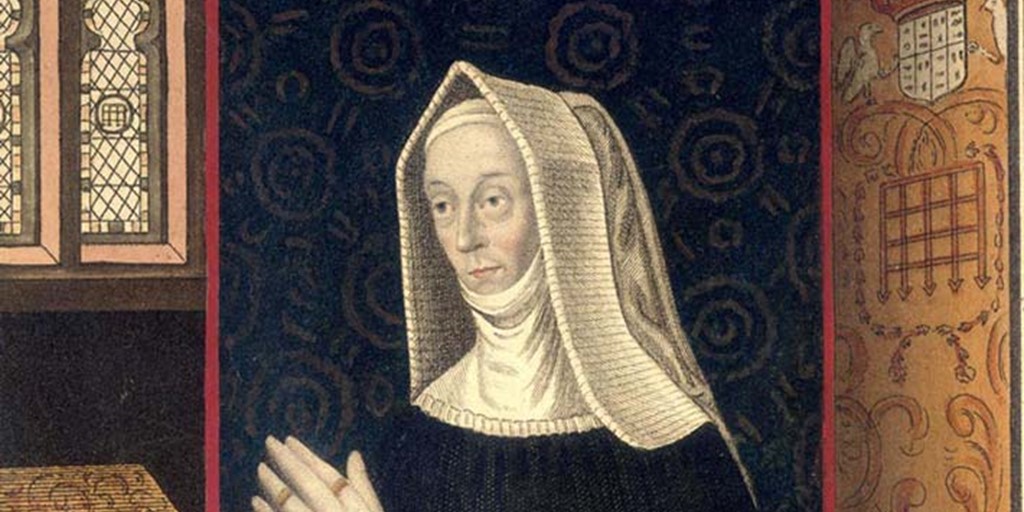
Henry VII’s son, Henry VIII, also continued to use the Beaufort portcullis. He grew up witnessing numerous plots against his father and family by Plantagenet claimants and pretenders. His grandmother, Margaret Beaufort, from whom the portcullis emblem was passed down, also lived to see the first few months of his reign, giving a sentimentality to the symbol. It makes sense that Henry would use the portcullis as an emblem. However, though Henry VIII certainly made use of the Beaufort portcullis, it was the Tudor rose that was far more heavily used, and soon became synonymous with the younger Henry’s reign.
What I found very interesting, though, is that even Elizabeth I continued to utilise the portcullis emblem. Although the Tudor dynasty was well-established by her reign, and it was the fact that she was descended from Henry VIII that was of importance to the noble and common people of England, rather than the connection with a distant medieval Plantagenet king.
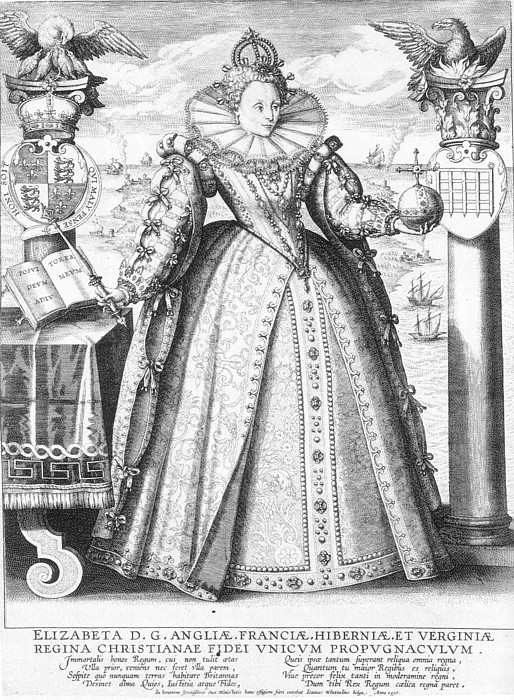
Elizabeth inherited her grandfather’s flair for brand marketing; in fact, she was able to take it to another level to become the Virgin Queen, Gloriana. She made extensive use of symbols and emblems. Although the Beaufort portcullis was not one of the most emblems she used, it still held a significant place in her iconography. Like her grandfather, Elizabeth used it on her coins, frequently as a mint mark, but also as the reverse face of her silver testerns. The portcullis also appeared in a handful of engravings and illuminations of Elizabeth; in two of the images attached to this post, you can see the portcullis in the roundels flanking Elizabeth.

By Elizabeth’s reign, the importance of the House of Tudor’s Beaufort lineage had long-since faded. I believe for Elizabeth and her regime, it was another symbol of her Tudor-ness, far more than it represented her medieval roots.
